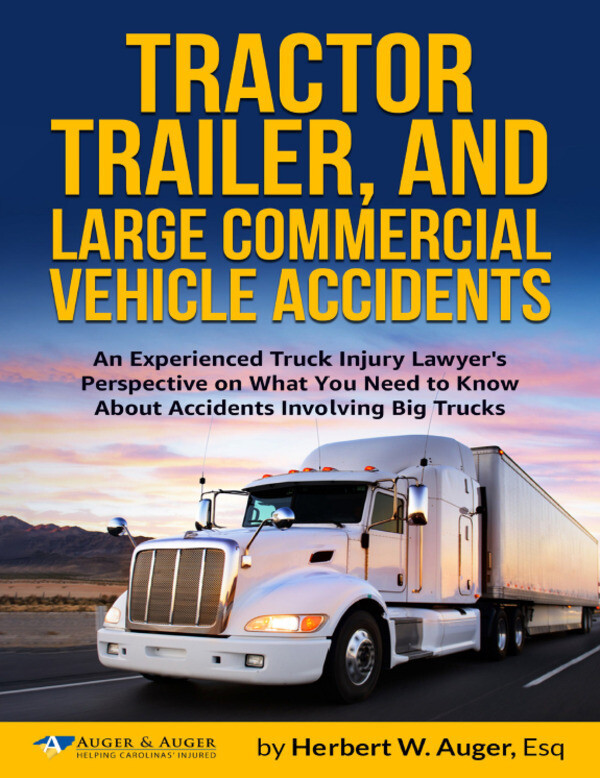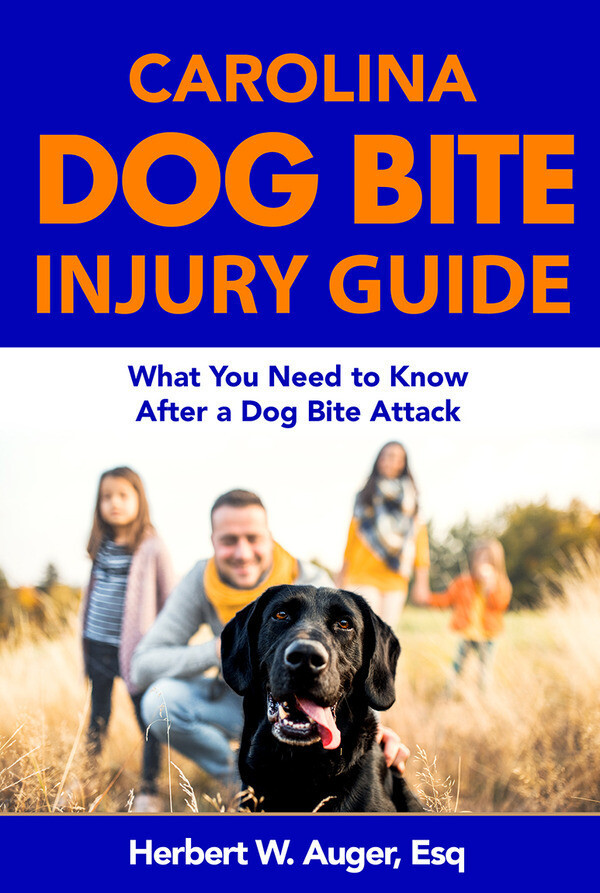Seatbelts Airbags And Pregnancy
Author: Auger Law | January 9th, 2012
Car wrecks occur in Charlotte every day. Most will not involve catastrophic injury, but those that do often involve unrestrained drivers. Drivers who refuse seatbelts always have an excuse-pregnancy, discomfort, or the presence of airbags . The car accident attorneys at Auger & Auger want you to know that pregnant women are advised to wear seatbelts, the “discomfort” of a seatbelt is far less than the discomfort of a catastrophic injury or death, and airbags are intended to work with seatbelts, not instead of seatbelts.
The National Highway Traffic Safety Administration (NHTSA) recommends that pregnant women use a seatbelt in the normal fashion, with the shoulder belt across the chest, not across the neck and NEVER under the arm or behind the back. Do not disable your airbag Rather, position the front seat as far from the steering wheel as possible while still able to comfortably use the pedals, keeping a minimum of 10 inches between your chest/abdomen and the steering wheel.
Airbags are designed to work with seatbelts, not instead of seatbelts. Are bags are not designed to deploy in all types of accidents. They are equipped with sensors that measure the location of the crash and the rate at which the vehicle is slowing down. Accordingly, the speed and amount of physical damage present is NOT an appropriate measure of whether an airbag should deploy. There is no guarantee that the accident you may be involved in will meet the criteria that would cause your airbag to deploy. Further, airbags can only be deployed once, and they rapidly deflate. So if there are multiple impacts, they will be useless in a subsequent impact. The seatbelt, however, ensures the vehicle occupant is in the best position to maximize the benefit of the airbag.
In the event of a crash, the car is quickly decelerating and the frame is absorbing most of the force. An unrestrained occupant, however, will continue to be propelled forward at the same speed the vehicle was originally traveling at until their movement is stopped, such as by impact with the steering wheel, gauge panel, windshield, or, worst case scenario, ejection from the vehicle. The proper use of a seatbelt will more evenly distribute the force of the impact through the body, helping prevent the upper body or head from striking the interior of the vehicle.
Airbag injuries are typically in the form of a minor abrasion or burn. Serious injury, or death, is extremely rare, but can occur in a particular circumstance, specifically, sitting too close to an airbag, or a child in the front seat. The force of an airbag explosion is around 100mph. If an occupant is sitting too close too, or in contact with, the airbag module when it opens, serious injury can occur. The National Highway Traffic Safety Administration recommends that drivers keep at least 10 inches between their chest and the middle of the steering wheel. Children under 12 should always be in the back seat, and NEVER use a rear-facing child restraint in the front seat of a vehicle equipped with front airbags UNLESS it is specifically designed to be used as such.
North Carolina law requires that all occupants, regardless of where they are seated in a vehicle, to wear a seatbelt when the car is in motion. The law also requires that children under 8 years of age, and under 80 pounds, be properly seated in a weight-appropriate child restraint system. Children under the age of 5 and below 40 pounds are required to be properly seated in a weight-appropriate child restraint system in the rear seat of the vehicle, unless the car seat is specifically designed to be used in the front seat (with airbags).














